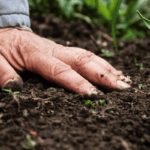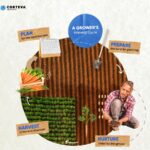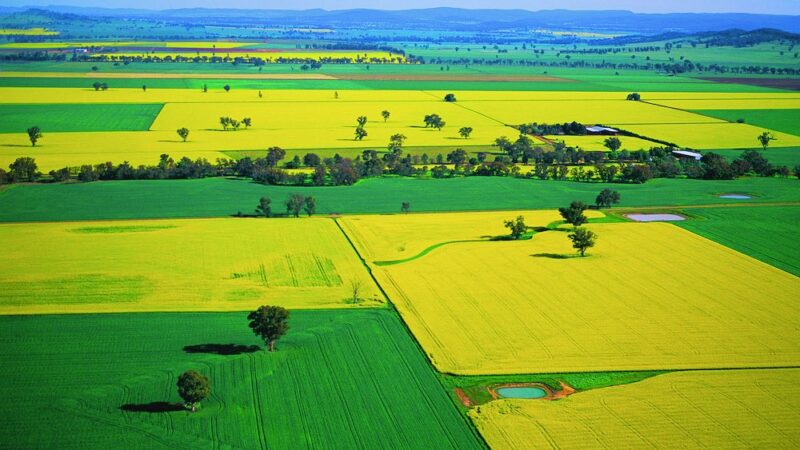This year's AgDay theme is Innovation in Agriculture � celebrating the innovation and technology that…
Soil health: the only way is up
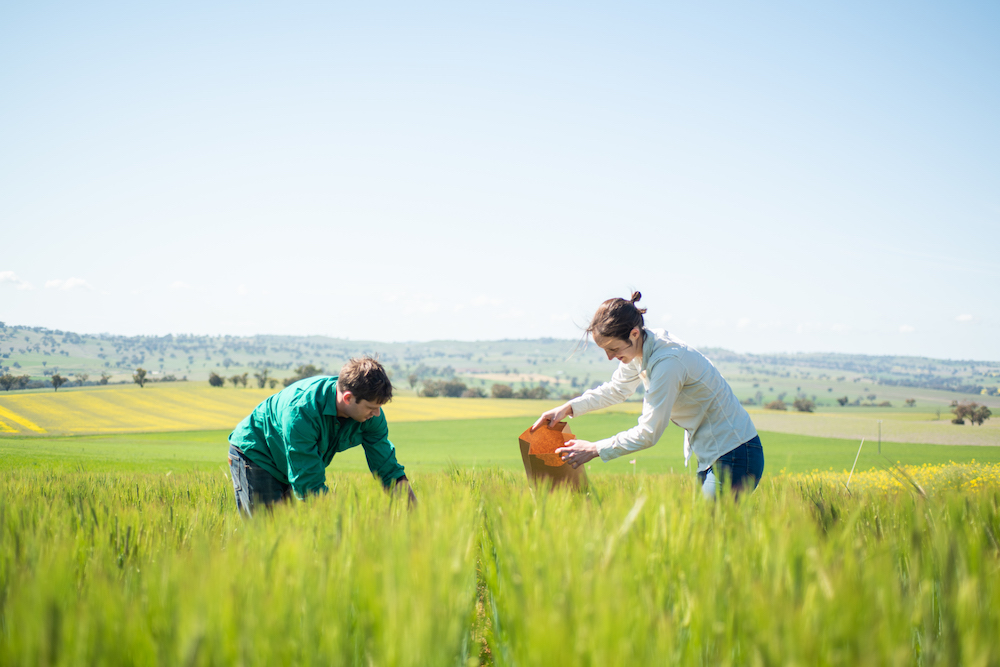
Every so often a claim will pop up in the media that due to soil degradation, the world�s agricultural soils only have 100, 60 or even 30 harvests left before a burgeoning population faces starvation. While any number of soil scientists have debunked these claims, the fact is post-Green Revolution, modern cropping practices have been degrading our soils.
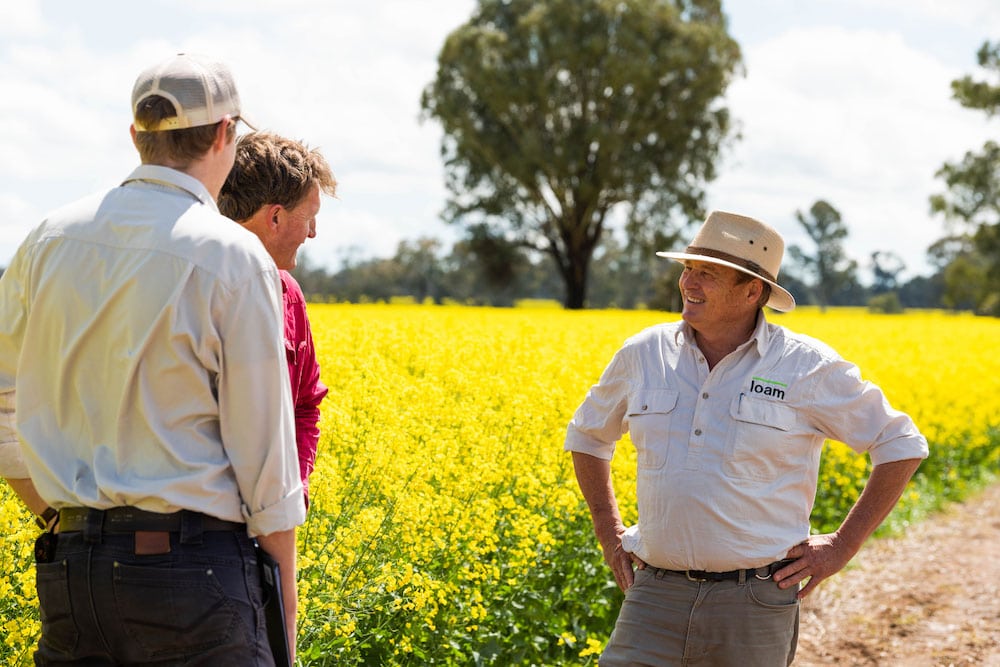
Loam Carbon Project Lead, Torben Heinzel, Loam Co-founder and farmer from Trangie, Mick Wettenhall, Loam Co-founder and Head of Agronomy, Guy Webb. Image by Rachel Lenahan;
The good news, however, is that in the past fifteen years or so, Australian farmers have been embracing a host of new conservation farming practices such as no-till/low-till, stubble retention, controlled traffic and have a huge range of products available to help them improve soil health. Nevertheless, the first step is to realise the need to focus on soil health.
Loam Bio co-founder, Guy Webb, believes farmers have always understood soil is the foundation of their cropping and farming enterprises. �But I think we have been down a few blind alleys where we thought we are doing the right thing, and it turns out we have not been,� he says.
�When I was a young fella growing up, it was really the thing to do to plough a paddock a couple of times, and then scarify it two or three times to get a beautiful fine seed bed like a veggie garden. It looked beautiful � nice and flat and fine tilth � but we did not realise that we were completely destroying the structure and letting all the carbon out.�
Loam Bio co-founder, Guy Webb.
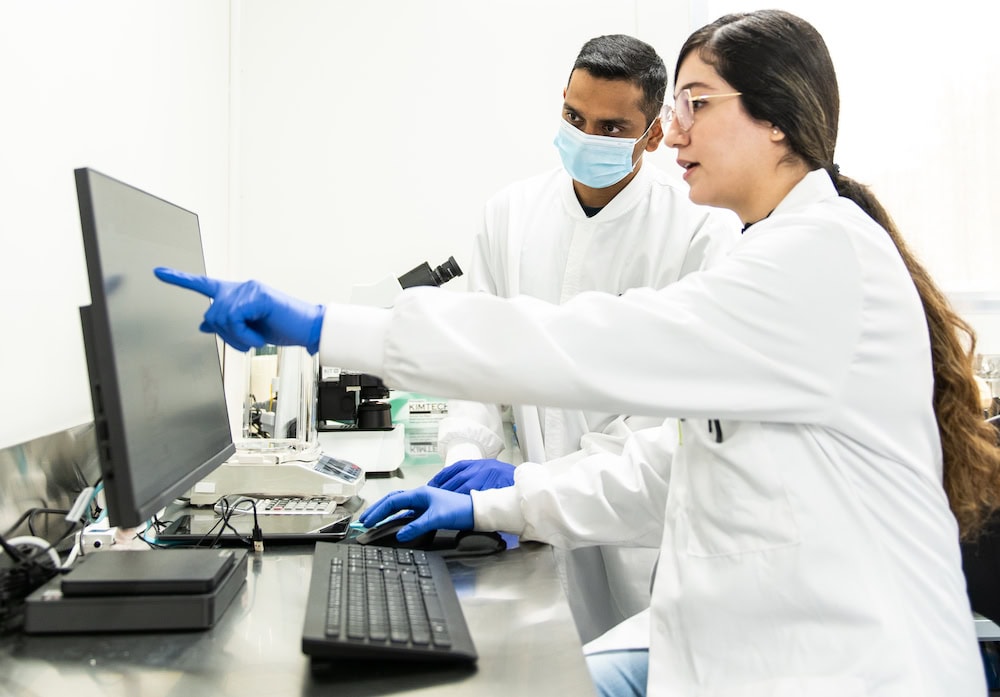
Loam Bio co-founder and CPO, Tegan Nock, adds �In terms of soil biology, the work we are doing is very much a new discovery space. In Australia, where you have peak saturation of conservation farming practices, the more we are learning in terms of the interactions of biology within the soil system, the more we realise there is so much we have not historically understood about the key drivers of soil health.�
Sonic Natural Farming co-founder and Managing Director, Sonja Kallio, suggests, �We have not really understood what degrades the soil and what produces good soil. But over time farmers have witnessed soil degradation, rather than improvement, from using conventional farming methods as chemicals and fertilisers destroy the microbiological life in the soil that actually makes soil productive.
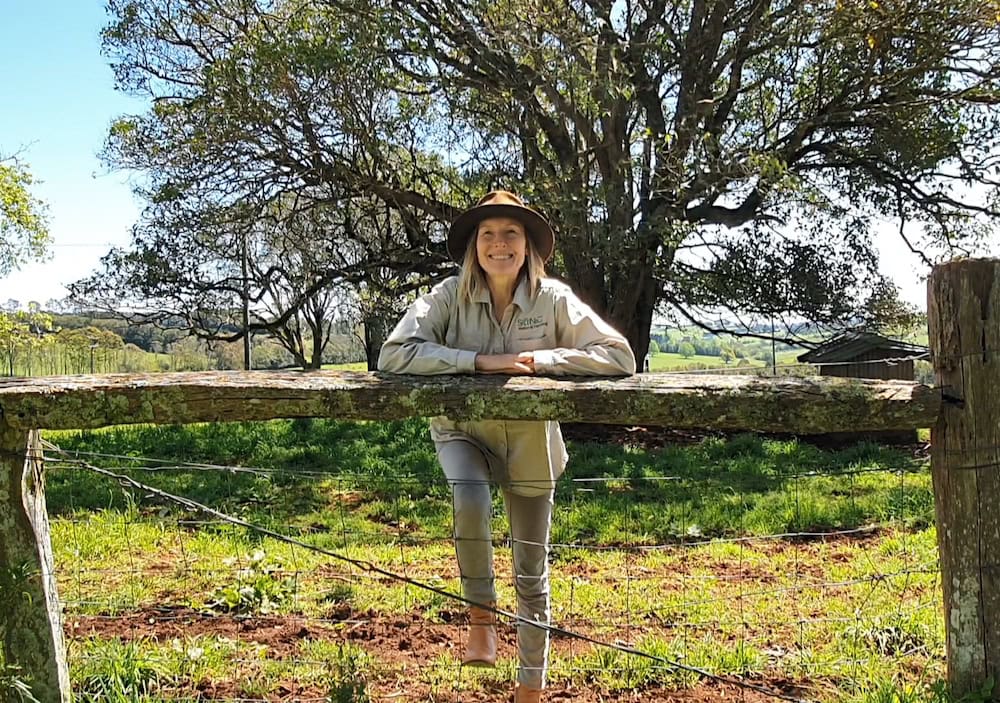
�It has taken a long time for that to become apparent and up until recently we have not had the technology to really be able to see and learn about the microorganisms that are at work,� she says.
Soil building for soil health
According to Sonja, Sonic�s flagship products � a Liquid Fish Hydrolysate Fertiliser and a Liquid Seaweed Biological � are based on fermentation methods that have been around for many years. Using fish processing waste, the liquid fish hydrolysate is an organic nitrogen substitute.
�Seaweed has one of the highest diversity of minerals and trace minerals in any plant,� she adds. �It�s going to give your soil all the minerals and trace minerals that it needs, and then it�s activated with beneficial microbes, which is really the key to
soil building.
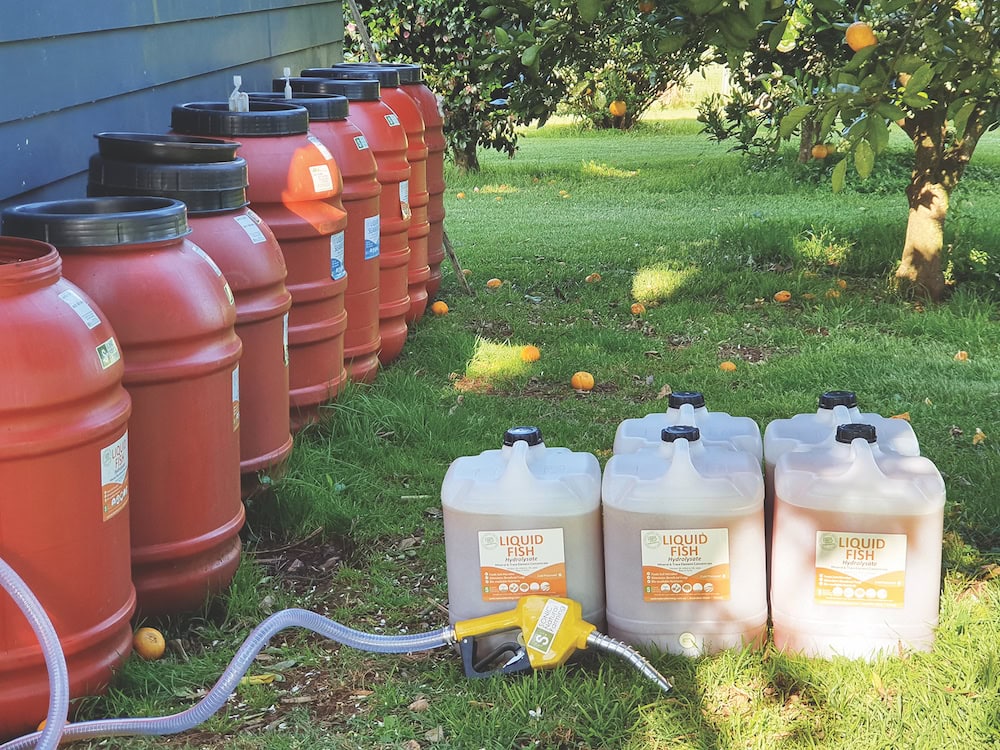
�It�s not a silver bullet but if people are using the practices that are conducive to supporting the biology in the soil, these products will definitely help kickstart the soil biology, especially if a farmer is in the process of converting from conventional methods.�
Sonic Natural Farming co-founder and managing director, Sonja Kallio.
According to Sonja, Sonic was also concerned about the amount of plastic in our environment and has sought to address that by offering a model where the product can be produced on farm. �We didn’t want to just become another company that’s mass producing and shipping products around the country in single use plastic containers,� she explains.
�So, we�ve worked pretty hard on devising a model that enables a farm requiring at least 2,700 litres a year � which is about the usage of a medium size farm � to produce the product on-farm. Sonic will set up the brewing system, supply all the ingredients and visit about once every five weeks to keep the system running for them.�
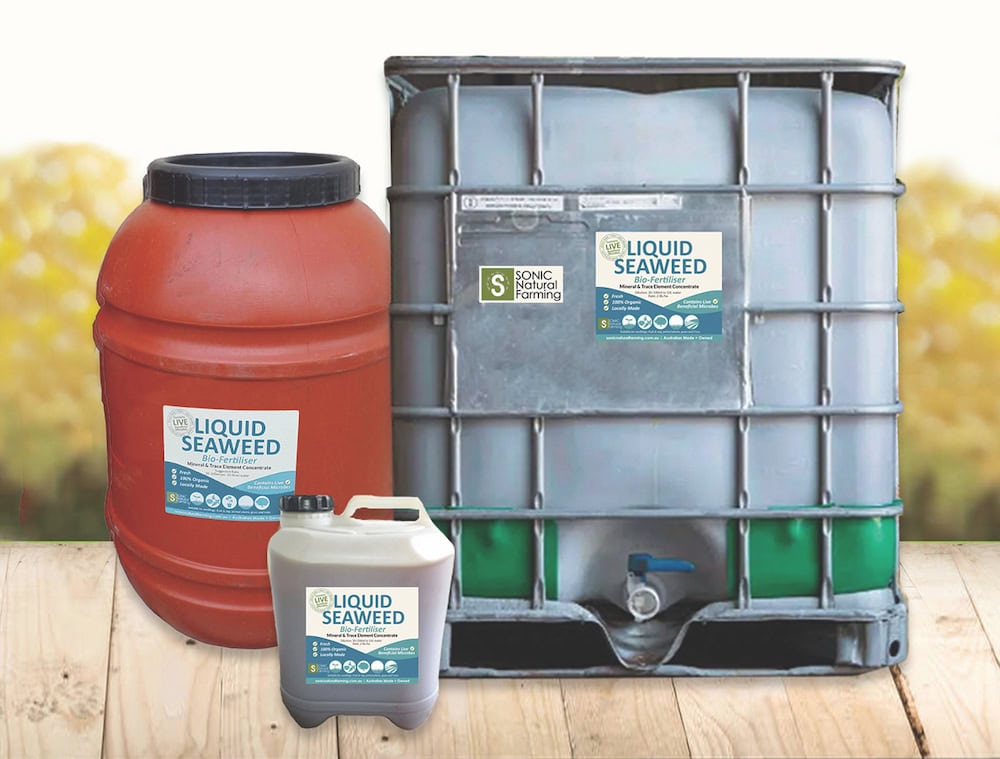
Sequestering carbon
Loam Bio has a team of 62, with the majority of the team focused on Research and Development, as well as product development.
Tegan explains, �The team has developed a biological soil carbon inoculum that enables agricultural soils to sequester more carbon. By adding the inoculum to what a farmer would typically do with conservation or regenerative farming practices, it increases the amount of carbon that can be added or held stably within agricultural soils.
�At a high level, the inoculum increases both aggregate and mineral associated organic matter within soil and those are the components that make up Total Organic Carbon (TOC). As carbon is the basis of soil health, by increasing TOC, farmers are increasing their soil health. We�ve done a lot of work with academic partners to have third party validation of the fact that we�re increasing carbon overall so farmers also have the potential to monetise
that carbon.�
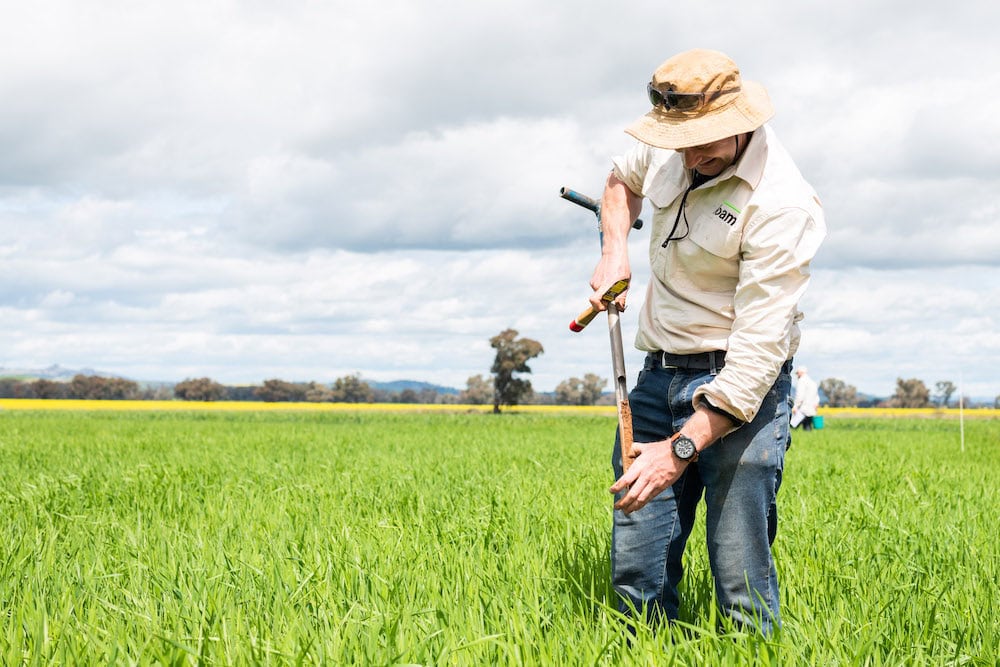
Tegan says Loam Bio has developed the product so farmers don’t have to completely alter their farming practices. However, the potential to be able to build carbon is higher for farmers who are implementing conservation farming practices. She adds there may also be a need make changes to a chemical regime to have biologicals working at peak performance.
�For example, with about 50 per cent of the seed fungicides out there, we’re comfortable to be able to apply with and have good compatibility with,� she says. “So, the key thing is understanding the chemical regime to make sure that our compatibility understanding is strong enough to implement it into that system.�
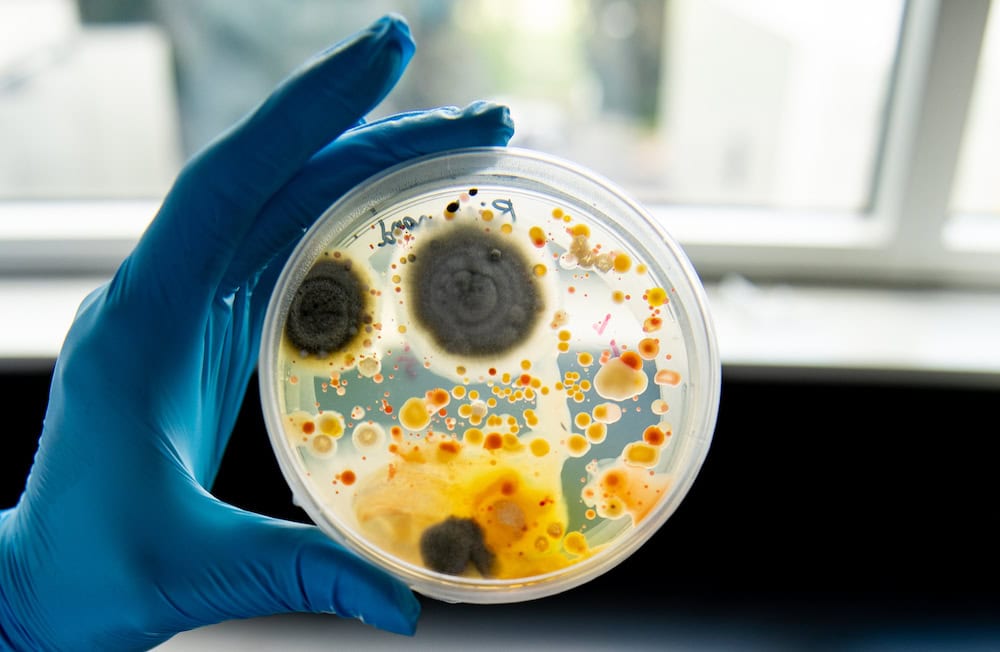
Monitoring is key
The key to understanding whether any change in farming practice is making a positive difference or not is through monitoring, and soil health is no different. Farmdeck enables farmers to gain better visibility and understanding of their farm�s soil in real-time and historically by collecting data remotely through remote Internet-of-Things (IoT) soil monitoring sensors.
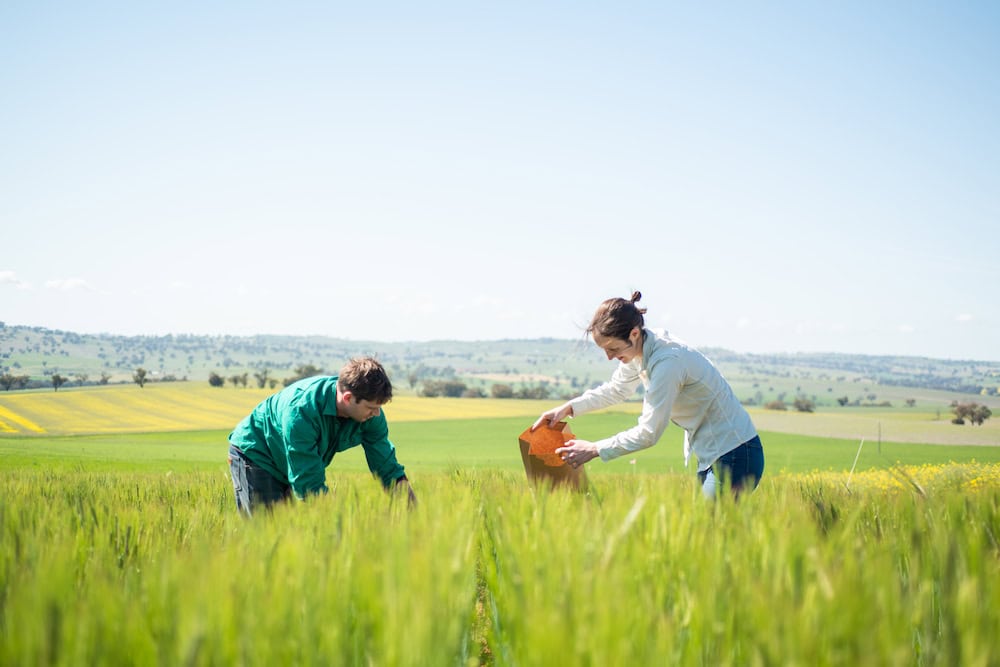
From a real-time perspective, precise monitoring of a farm�s soil allows producers to better predict its needs; preventing over or underwatering, saving costs, and allowing farmers to produce healthier, stronger crops seasonally.
The Farmdeck app takes the data derived from the sensors to help improve soil health and vitality by understanding its watering and temperature needs. Sensors can be placed at a single depth or multiple depths within the soil, enabling farmers to receive accurate readings of moisture levels, temperature, sensor signal strength and battery/solar voltage at each placement.
Once a soil monitoring system has been in place over time, farmers are able to gain insight and make improvements by analysing soil history.
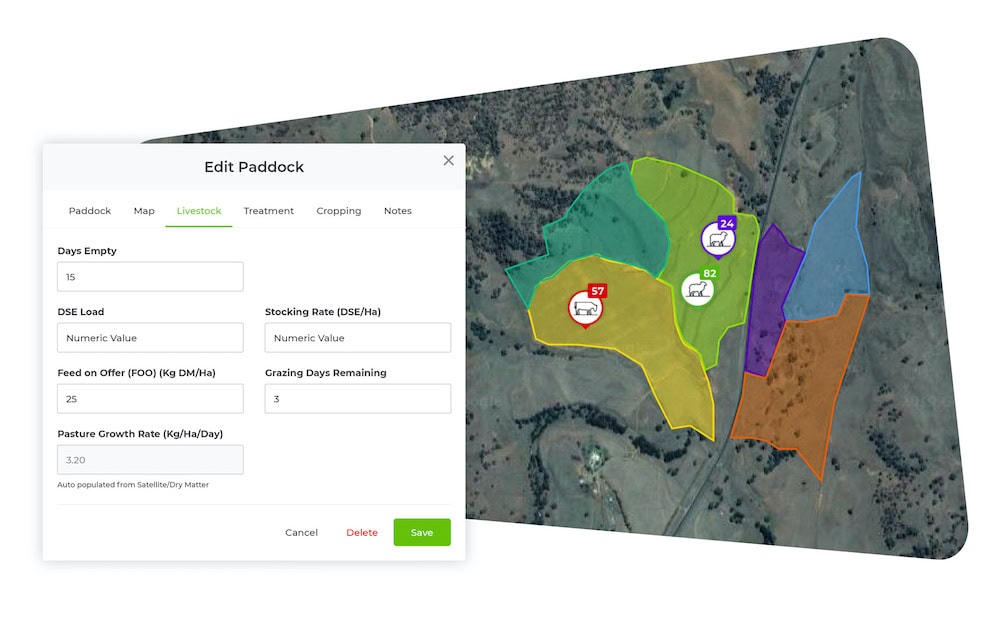
Farmdeck�s Soil Monitoring feature gives farmers the ability to look back at soil temperature, humidity and moisture levels from the date of sensor installation up to the day of the sensors last reading, daily. These levels are displayed in multiple user-friendly graphs, displaying moisture, temperature and voltage of solar and batteries.
If you enjoyed this story on Soil Health, you might like to read our feature on carbon farming.



